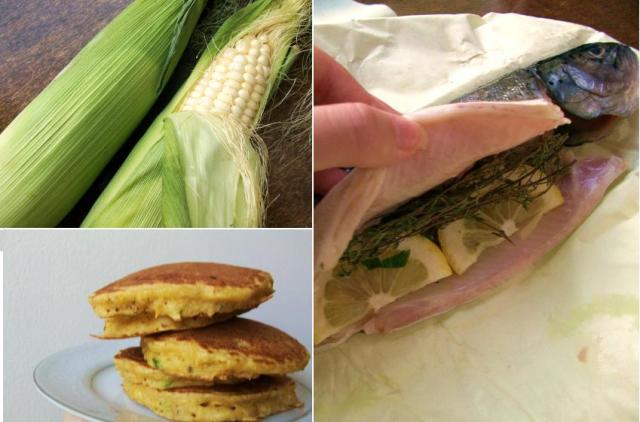When was the last time you memorized a phone number? It’s been years since I learned a new one—just as I haven’t made much of an effort to brush up on multiplication tables, important historical dates, or birthdays (sorry, friends). But despite relying on my phone/the internet/Facebook for the bulk of my knowledge, I still memorize recipes. Having few great dishes tucked away in the back of your mind is, to me, far more useful than remembering how many pounds are in a kilo. These are the meals that come through in a pinch: the pasta that can save any failed dinner party, or that soup that you swear can cure a friend’s post-breakup broken heart.
Because they’re often so simple, our back-pocket dishes don’t get a lot of attention. A lot has been written about Kerouac and apple pie for instance—the bulk of it by Kerouac himself in the semi-autobiographical On the Road. “That’s practically all I ate all the way across the country … I knew it was nutritious.” But when it was his turn to cook, you wouldn’t see Kerouac rolling out a pie crust. Instead, he fell back on an old family favorite: crêpes.
While he might seem like an author as American as, well, apple pie, Kerouac was raised in a French-Canadian family; he was more comfortable speaking French than English up until high school. He was also more comfortable eating French, delighting in his mother’s Breton specialties. Kerouac later bragged about his mother’s signature French-American cooking, decadent even during the Depression: “crêpes with maple syrup, sausage and chocolate milk; pork meatball stew with onions, carrots and potatoes.”
These were the dishes that Kerouac filed away in his mental recipe box, to draw upon upon when the situation called for a homemade meal. And what better situation than a sexy one? “Dark Eyes came to my house tonight,” Kerouac wrote in a 1947 diary entry. “We sat on the floor, on the beautiful rug my mother made for me, and listened to the royal wedding at six in the morning. … I made Dark Eyes some crêpes suzette. We danced again, & sang.” A writer who cooks dinner and watches the royal wedding? I’m melting over here.
Kerouac used food to impress the ladies, but he also knew its healing potential. One of the founding members of the Beat movement, Helen Hinkle, remembers a fight breaking out between Neal Cassidy and William Burroughs. “Jack busied himself, started immediately to fill the vacuum … He asked to make crêpes suzettes. He had a recipe. Nothing was happening to he had to start saying something. he said, ‘Do you have flour and eggs?’.'” Clearly, Kerouac recognized the value of those back-pocket recipes. You never know when you’ll need to diffuse tension … through the power of French cooking.




